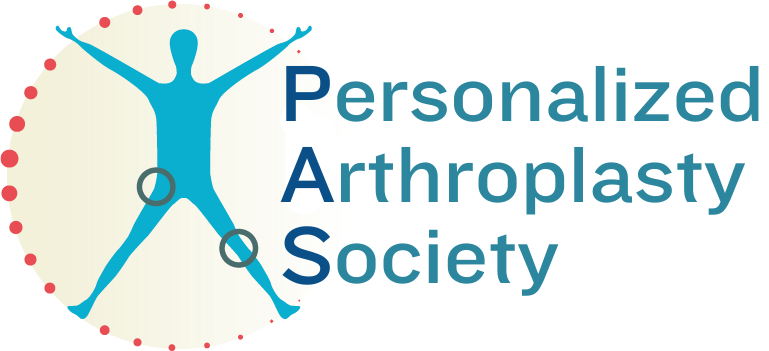Introduction
Over 100,000 total knee replacements (TKR) are performed annually for painful end-stage osteoarthritis (OA) in the UK. The main reason for undertaking a TKR is to provide pain relief as well as improving function and mobility. Up to 20% of patients annually (20,000 patients) who have a TKR are not satisfied with the outcome. A significant proportion complain about restricted knee flexion, residual pain and limitations in performing day-to-day activities such as level walking, kneeling, walking up an incline, and pivoting the knee. Despite the many advancements to improve the precision and accuracy of TKR, functional outcomes can remain disappointing. Therefore, alternative ways of aligning a TKR have gained interest.
READ MORE
